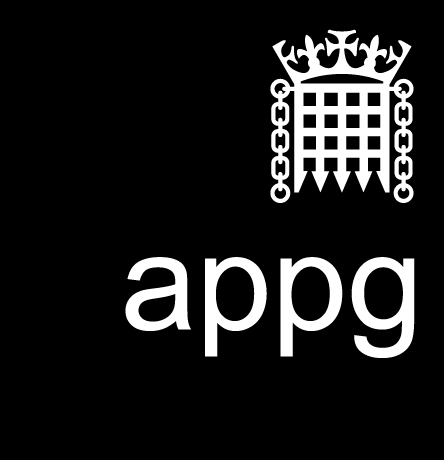Presentations from The All-Party Parliamentary Group for Dark Skies Meeting, 28th February 2023
David Smith, Buglife - The Invertebrate Conservation Trust
Impacts of light pollution on biodiversity
Light continues to be a socially accepted form of pollution and has increased annually by 10% for the past decade. Buglife is advocating to reduce the impacts of Artificial Light At Night (ALAN) on invertebrates and other wildlife.
The evidence of the impacts of light pollution on species and ecosystems has grown and strengthened. ALAN appears to disproportionately impact insects and is just one of many threats leading to rapid population declines. Despite its lethal and sublethal effects, light pollution is not yet treated in the same way as other environmental pollutants.
This talk will discuss how ALAN disrupts the lives of insects, such as moths, ground beetles and Glow-Worms, its role as a cause of insect decline, and will include known impacts on other organisms such as birds, mammals, and plants.
Dr Tim Smyth, Artificial Light in Coastal Ecosystems (ALICE) project, University of Plymouth
Impacts of artificial light pollution (ALAN) on marine biodiversity
The impacts of artificial light pollution on astronomy and terrestrial ecosystems are clear and are demonstrated nightly in our skies for all to see. What is less clear is the impact of increased light pollution on marine ecosystems from direct lighting and diffuse sky-glow. Recent work has shown how widespread ALAN is in the marine environment: approximately 22% of global coastlines and 2 million square kilometres of Exclusive Economic Zones are impacted. In this presentation the range of impacts including coral spawning, turtle navigation, migration of zooplankton, predator-prey interactions, and attraction of fish and seabirds are described. Shifts in lighting technologies towards more energy efficient white LEDs and away from older yellow sodium lights can pose a threat to otherwise camouflaged organisms and blue light can penetrate further into the sea. Changes to the rhythms of life driven by the unnatural "on-off" of ALAN have likely disrupted marine ecosystems close to global megacities, and it is postulated that the disappearance of twilight may impact coral broadcast spawning.
